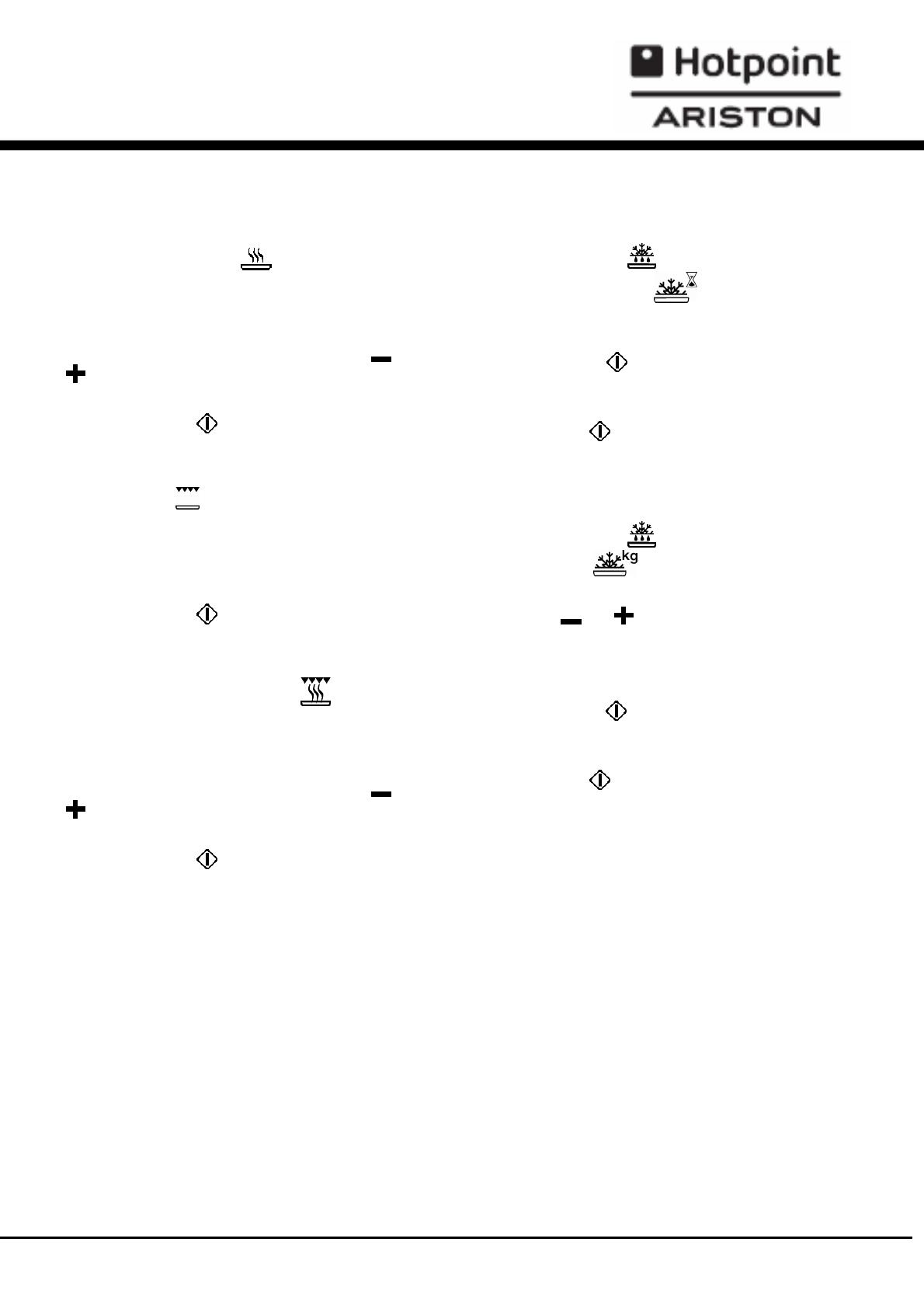
Microwave Oven Maintenance
24
General security
! If the door or the door hinges are damaged, the oven
should not be switched on until repaired by a qualified
technician.
! It is dangerous for anyone, except a qualified
technician, to tamper with the apparatus or try to repair
it in any way by removing any lid or covering which
assures protection against the exposure to microwave
energy.
! Liquids and other food should not be heated in
airtight recipients as these can explode.
! Children should only be allowed to use the oven
without adult supervision if they have been given the
appropriate instructions so that they can use the oven
safely and understand the dangers of its incorrect use.
! When the microwave oven is operated in the
Combination mode (Microwaves + Grill), children
should only be allowed to use the unit under adult
supervision due to the high temperatures generated.
! The microwave oven should be cleaned regularly and
any food deposits removed (please see the chapter on
Oven Maintenance for details). Failure to maintain the
oven in a clean condition could lead to deterioration of
the surface that could adversely affect the life of the
appliance and possibly result in a hazardous situation.
• When heating food in plastic or paper recipients,
check the oven frequently in case they ignite.
• If any smoke is detected, then switch off the oven or
disconnect it and keep the door closed in order for any
flame to die out.
• After warming up baby bottles or baby food jars stir
or shake its contents and check the temperature before
feeding, to avoid burns.
• Warming up drinks in the microwave oven may result
in a delayed eruptive boiling; therefore one should be
careful when handling the recipient.
• Eggs with their shell and whole boiled eggs shouldn’t
be warmed up in microwave ovens as they may
explode, even after microwave heating has ended.
• Only use utensils that are suitable for use in
microwave ovens. Do not use any metal utensils inside
the oven unless they were supplied with the oven and
for that purpose.
• Do not warm up liquids or other food in closed
recipients as they may explode.
• Do not warm up pure alcohol or alcoholic drinks. FIRE
DANGER.
• When in doubt, choose short periods to cook heat or
defrost food with microwaves. With long cooking
periods the food may become dry and even begin to
burn.
• Do not use the microwave oven for anything other
than warming, cooking or defrosting food.
• Do not operate the microwave oven without its tray
nor when empty.
• Keep the microwave oven ventilation holes open.
Never cover any air vents or openings.
Eliminating
• Eliminating the packing materials: use the right bins
when discarding all of packing materials. This will
ensure that the packaging materials are recycled.
The European Directive 2002/96/EC on Waste Electrical
and Electronic Equipment (WEEE), requires that old
household electrical appliances must not be disposed
of in the normal unsorted municipal waste stream. Old
appliances must be collected separately in order to
optimize the recovery and recycling of the materials
they contain and reduce the impact on human health
and the environment.
The crossed out “wheeled bin” symbol on the product
reminds you of your obligation, that when you dispose
of the appliance it must be separately collected.
Consumers should contact their local authority or
retailer for information concerning the correct disposal
of their old appliance.












